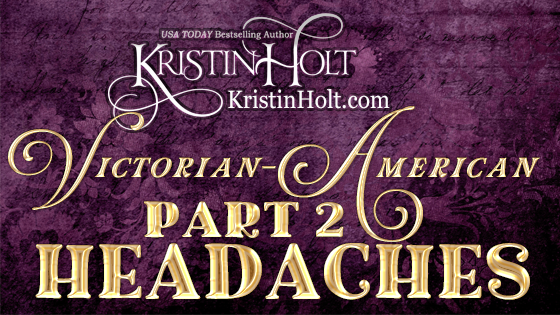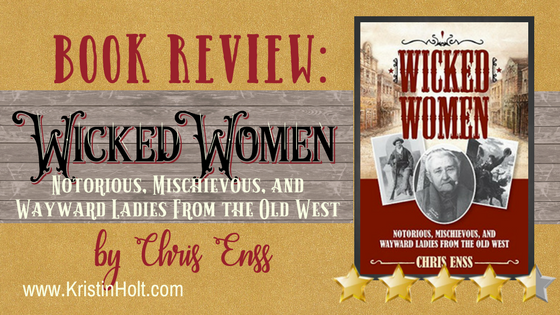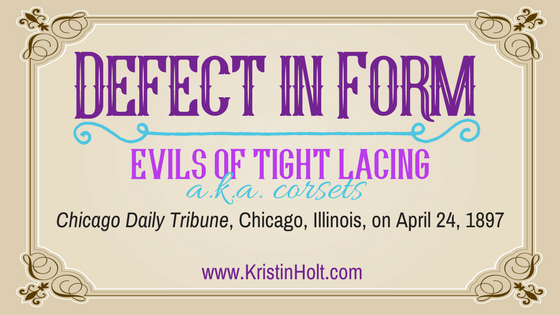
by Kristin Holt | Sep 5, 2019 | Articles
Part 2 of 11 in a Blog Article Series; May be read in any order. Links between each are provided for ease in reading.
Victorian-era American doctors faced the challenge of diagnosing headaches, relying upon intellect, experience, and deductive reasoning. After all, physicians couldn’t order a blood panel and read the results to assist in diagnostic work. This 1890 newspaper article contains a variety of types of headaches in 1890 language. I’ve provided translations where possible.

by Kristin Holt | Jul 25, 2019 | Articles
In an 1879 essay by Henry Ward Beecher, he persuades all to see that Old Maids may make the best of wives, for their youthful ways often pass right along with their marriageable years. Come mid-twenties, when a woman is an Old Maid, he argues she’s come into her prime of womanhood.
Beecher was, it seems, concerned about appearance.
What about those ladies who are consistently kind, gracious, and pleasant to be with? What of those good girls who finds no fault and never complains. Perhaps this Best Woman did make for the Best Victorian Wives.

by Kristin Holt | Nov 13, 2017 | Articles
Book Review of Chris Enss’s title: Wicked Women: Notorious, Mischievous, and Wayward Ladies from the Old West. This nonfiction, informative, entertaining book presents women of the Old West–their impact and influence on mining towns, settling the west, and men from prospectors to politicians.

by Kristin Holt | Sep 3, 2017 | Articles
Would frontiersmen actually pool their financial resources to bring potential brides west? Would they trust one of their own to go East to find brides for them all? One county in Dakota Territory did just that in 1885. A California newspaper, The Petaluma Courier announced the plan.
The circumstances immediately brought to mind the premise behind my series, Prosperity’s Mail-Order Brides. Books 2 and 3 are in the queue (with titles!), and all have fancy new covers.

by Kristin Holt | May 13, 2017 | Articles
Despite the voice of reason from scientists of the day, medical doctors, dress reformers, nineteenth century women continued to cling to advertisements claiming health depended upon corsets and laced tightly to achieve the beautiful figure they desired. Advertisements didn’t promote mere beauty–they went so far as to claim health. A newspaper article published in Chicago Daily Tribune of Chicago, Illinois, on April 24, 1897 spoke of Roentgen’s Light–X-rays–and the malformation caused by lacing. Today, the argument seems sound, prudent, and almost laughable that anyone fell for corsets.













